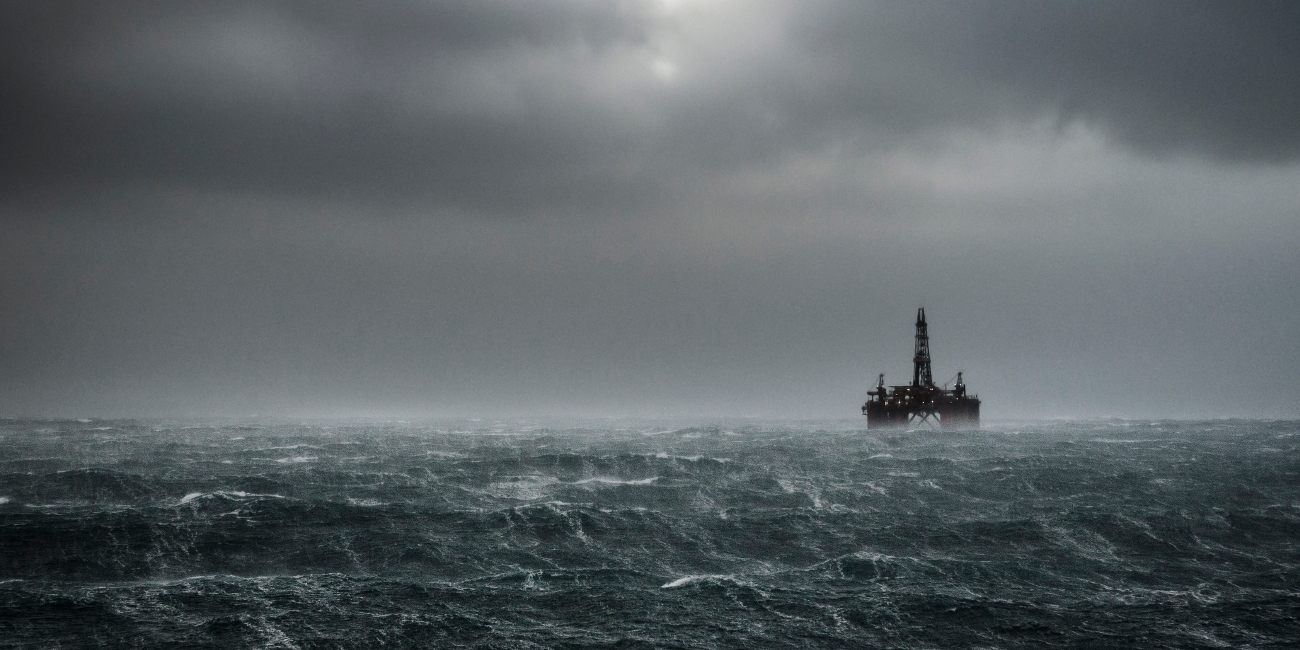
Vortex Induced Vibration (VIV) is motion created by the interaction of a fluid flow and a cylindrical profile perpendicular to it.
VIV is an important source of fatigue damage of riser systems and subsea equipment, which are constantly in contact with changing flows of seawater.
When the boundary layer separates from the cylinder and creates an asymmetric vortex, the pressure differences create motion transverse to the flow. As the body moves, the vortex and its pressure change again, feeding back to create further motion. When this happens quickly enough, it becomes vibration of the cylinder.
What is Riser VIV?
The flow of seawater around a subsea riser can create vortices resulting in VIV. This is important because the vibration can be shed downstream and cause in line, or more damaging cross-flow vibrations, to be created, affecting more equipment.
Where is VIV a problem?
Because of the way VIV is caused, the faster the flow of water, the more likely it is to occur. As a result, deep water locations with a typically high current, such as the Gulf of Mexico or West of Shetland, are more prone to problems with VIV.

What can be done?
The risk of VIV is generally assessed by as part of a Global Riser Analysis, however, it can be investigated as a separate study.
AS Mosley recommends an initial screening. This will highlight if there is a problem and if so, a full assessment can be carried out along with recommendations to overcome VIV and/or maximise fatigue life.
Shear7 is the industry standard tool for investigating the presence of VIV and the consequential fatigue damage.
A linearised modification of the OrcaFlex or Flexcom global riser model can be used in combination with Shear7 to determine the fatigue life of individual components in the riser system.
In addition to this, OrcaFlex also has a wake oscillator module and this can use the full non-linear OrcaFlex global riser model to investigate VIV if a more detailed analysis is required.
Get in touch
AS Mosley specialises in understanding wellhead loads during all operations and the effect this has on operability and fatigue. For more information get in touch.







